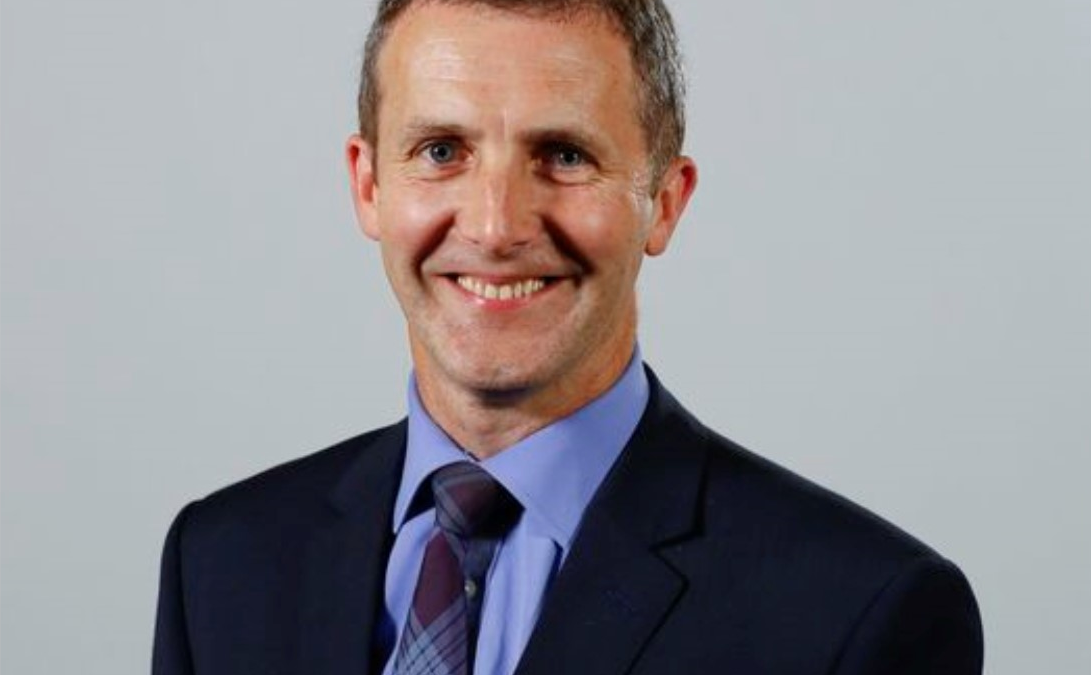A massive shift towards digital technology will underpin key government spending plans unveiled in the new national infrastructure investment plan, which was published today.
Digital public services will be boosted by a £110m cash injection as Scotland’s priorities for regional infrastructure, policy aims and service transformation were unveiled in the Infrastructure Investment Plan for Scotland, which has a lifespan covering the next five years.
“We need the ability to respond quickly and comprehensively to boost the economy in the light of the Covid-19 pandemic. We need to think differently about wider changes to the ways in which we do business and conduct our lives, for example to boost new, high quality digital services,” said Michael Matheson, Cabinet Secretary for Transport, Infrastructure and Connectivity in a ministerial foreword to the 61-page document.
Much of the focus of the policy plan is centred around the impact that digital is having – and is likely to continue to have – as a result of the pandemic, which has caused many organisation to redesign their services or business models, both in the public and private sector.
As a result the plan, unlike other parts of the UK, gives a wider definition of the word ‘infrastructure’ to include more than the traditional road and rail networks and large building programmes, additionally including digital and social infrastructure.
For the purposes of the plan, infrastructure is defined as follows:
“The physical and technical facilities, natural and other fundamental systems necessary for the economy to function and to enable, sustain or enhance societal living conditions. These include the networks, connections and storage relating to the enabling infrastructure of transport, energy, water, telecoms, digital and internet, to permit the ready movement of people, goods and services. They include the built environment of housing; public infrastructure such as education, health, justice and cultural facilities; safety enhancement such as waste management or flood prevention; natural assets and networks that supply ecosystem services and public services such as emergency services and resilience.”
Digital gets a mention 63 times in the report and permeates much of the thinking across a broad range of government policy aims, including in response to Covid-19 and longer-term trends, creating sustainable places, delivering on net zero carbon aims and building an inclusive growth-oriented economy.
Achieving digital connectivity is one of the means by which many of those higher order goals look set to be realised, and the plan additionally commits to providing a future-proofed superfast broadband network by investing over £500 million during the period to complete the R100 programme, a project being delivered at scale nationally by BT Openreach.
The plan also commits to ensuring most public services are digitally accessible and supports digital inclusion aims so that people are not left behind by technological progress, including the elderly and vulnerable groups.
As part of an aspiration to create a ‘world-class digital system’ – outlined in the driving inclusive economic growth chapter – ministers commit to spending £25m to build capacity in the NHS Near Me tech platform, whose use rose dramatically as patients logged on to consultations with their clinicians via a video link during lockdown.
The new £35m open access digital planning system was also namechecked as part of spending plans in the building resilient and sustainable places section of the report.
Overall the plan will support £33bn investment in significant capital investment in healthcare, education, transport and the environment across the lifetime of its publication.
The Infrastructure Investment Plan (IIP) and Capital Spending Review, both published on Thursday, confirm a five-year plan of investment that will support 45,000 jobs and build healthcare facilities, schools and local facilities across Scotland.
A further £2 billion has been added to the plan since the draft version was published in September and new funding announcements include the £110 million for digital public services transformation, £50 million for Active Freeways and £60 million for climate adaptation of the trunk road network.
The plan also outlines investments including:
- £2.3 billion for healthcare, including the £204 million additional funding for The Baird Family Hospital and ANCHOR centre in Aberdeen as well as the Grampian, Perth and Kirkcaldy elective facilities, and £67 million for the provision of a new health and social care community hub in Parkhead
- £2 billion for education and learning facilities, including a new city centre primary school and a new Gaelic school in Glasgow, with up to £90 million towards the Dunfermline Learning Campus
- significant investment to strengthen connectivity across Scotland with £600 million for the R100 programme
- around £1.5 billion towards transport, including £550 million for rail decarbonisation, over £500 million for bus priority, over £550 million for active travel infrastructure projects and £287 million for the Future Transport Fund
- measures to support climate adaptation include £150 million additional funding for flood risk management and £12 million for coastal change adaptation
Matheson added: “Since we published our draft IIP in September, we have received broad support for our world-leading approach and have increased the total spend by £2 billion to further boost our economic and green recovery from the pandemic. “Our overall focus is on driving inclusive economic growth, the transition to net zero, and building resilient and sustainable places. This package of significant investment will support economic confidence in every corner of Scotland and send out a clear message that we will continue to do all we can to secure our recovery from coronavirus (COVID-19). In the process we will also be supporting over 45,000 jobs and building a strong future for Scotland.”




